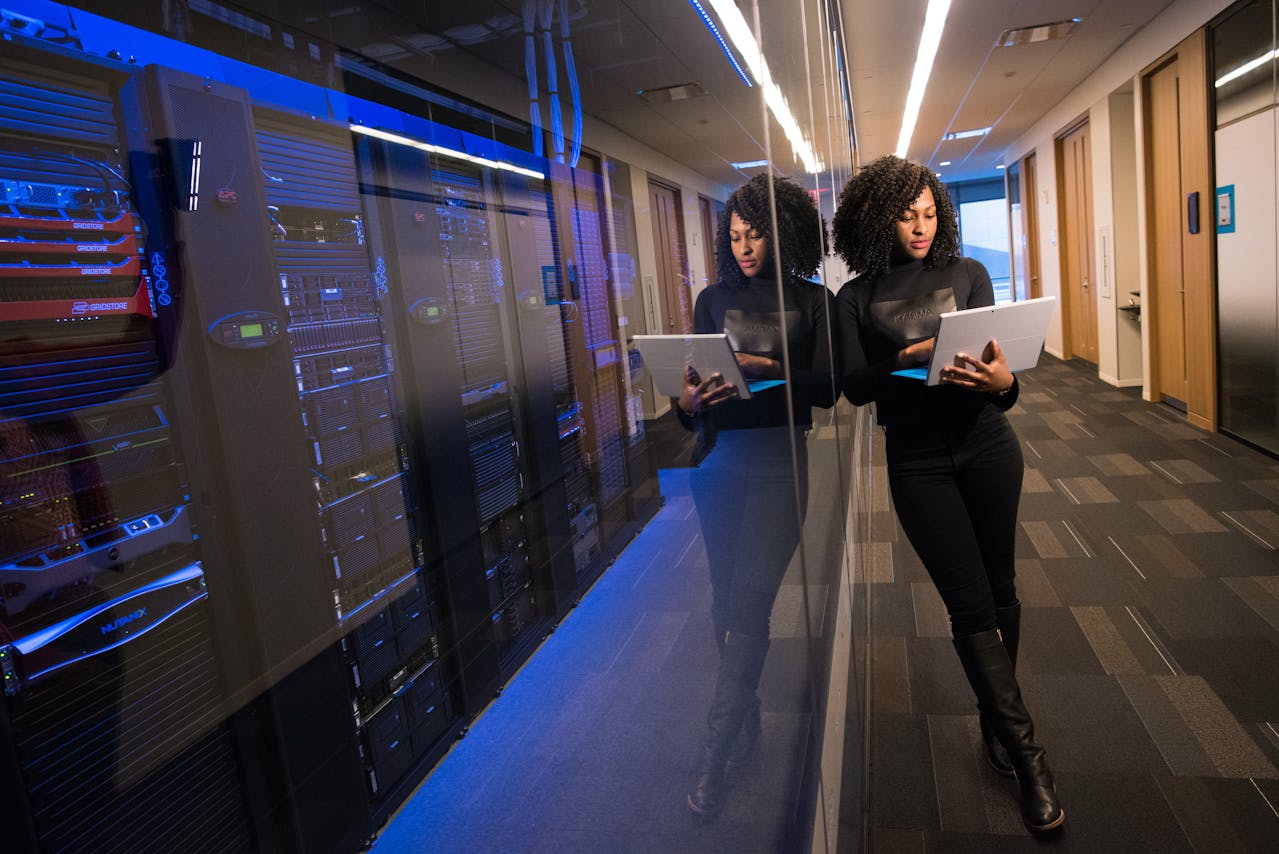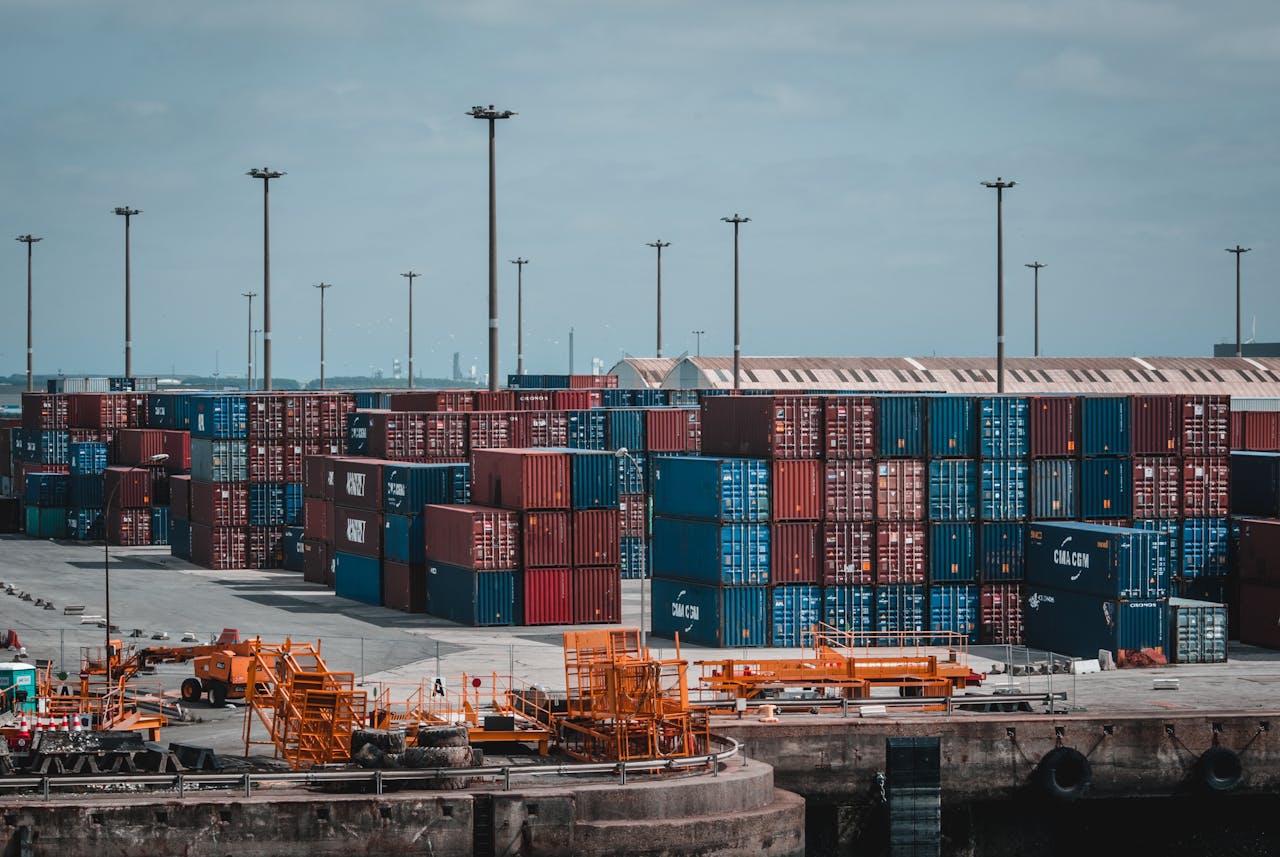There is a view that philosophers use to explain our place in the universe called the anthropic principle. It’s the idea that our particular universe appears the way it does by virtue of our presence as observers within it.
In some ways, the debate is similar to the one that exists between those who believe blockchains are the solution to all supply chain challenges and those that see it as an (important) solution to specific transactional supply chain challenges. It really depends on how you define the supply chain and where you sit within that universe.
A short history of blockchain
In 2008, someone using the pseudonym Satoshi Nakamoto, released a whitepaper called Bitcoin: A Peer-to-Peer Electronic Cash System that described a “purely peer-to-peer version of electronic cash” known as Bitcoin.
Blockchain, the technology that runs Bitcoin, was developed primarily to manage financial transactions. It is this use case that has been most successful across industries. However, as with any new idea, efforts to apply this new technology to manage other business activities have flourished. One such area is in the supply chain.

Blockchain Traceability and Supply Chain
There has been a lot of discussion about whether supply chains should turn to blockchain for decentralized data storage and traceability or stick to the traditional centralized database technologies.
This massive growth in interest in blockchain has driven a commensurate increase in the number of startups piloting the idea of blockchain solutions for the supply chain management. Thus, they are promising a number of benefits that are “lacking” in solutions based on traditional databases.
Although indisputably blockchains are a novel technology with huge potential, bringing the promise of innovation to supply chain management, there are many fundamental attributes of blockchains which make them unfit for purpose for many cases outside of financial transactions for which blockchain was originally designed.
In this article, we will break down the main downsides of blockchain traceability solutions and the advantages of a distributed ledger system based on traditional databases.
Any discussion of blockchain involves an understanding of a few key concepts. So let’s start with definitions:
Distributed ledger
A distributed ledger is a digital system for recording the transaction of assets in which the transactions and their details are recorded in multiple places at the same time. Like blockchains, it is structured as a peer-to-peer network model in which peers agree on a protocol. Unlike blockchains, it does not require unanimous agreement between all actors across, for example, a complex global supply chain network.
Blockchain
Blockchain is a highly complex decentralized system for data storing acting as a ledger that is shared among the nodes of a computer network. All nodes must follow the same protocol at all times to avoid the network breaking down or being split. Once data is added to the blockchain, it cannot be altered but updated. As a result, all the parties involved in that particular data transaction will be notified about the changes.
The two most popularized advantages of a blockchain are that:
- It guarantees the accuracy and security of a data record
- Creates trust without the need for third-party involvement.
When compared to traditional databases, the main difference between the two is the way data is stored.
Namely, while traditional databases use tables to structure data, blockchain use, as their name suggests – blocks. What this means is that blockchain data gets grouped in blocks. Once the blocks are filled up, they get closed and linked to the previously created blocks forming a chain of data.

Centralized database
A centralized database is a database that is located, stored and maintained in a single location, either cloud or on-prem.
Peer-to-peer network
A peer-to-peer (P2P) computing network is a distributed application architecture that partitions tasks or workloads between peers. Peers are equally privileged, equipotent participants in the network. They are said to form a peer-to-peer network of nodes.
In a less techy way, it is like LinkedIn in that once you are connected to person A you can more easily connect to every one person A is connected to. In the context of complex multi-company global supply chain networks, this is super useful obviously.
The perspective from blockchain enthusiasts
As blockchain has lately become a well-discussed topic as a supply chain traceability solution, it is only fair to see what some of the arguments for shifting from traditional to blockchain database models are.
According to blockchain supporters (more on this further down in the article), there are 5 main benefits of using blockchain in supply chain management:
- Increased security – As the information on the blockchain cannot be altered but is encrypted, the blockchain prevents fraudulent and unauthorized activities from occurring
- Instantaneous traceability of financial transactions – Blockchain uses a distributed ledger, which ensures that transactions and data are recorded consistently across all locations. Full transparency is provided since every network user with permissions can see the same data at once.
- Greater transparency – Blockchain establishes an audit trail that records a transaction’s origins at each stage of its travel.
- Improved speed and efficiency – Transactions may be conducted more quickly and effectively by optimizing paper-heavy processes with blockchain technology.
- Automation – With “smart contracts,” transactions can be automated, enhancing productivity and accelerating transactional processes. Smart contracts lessen the need for human intervention. Also, they rely less on outside parties to confirm that a contract’s provisions have been adhered to.

Why argue that blockchain is not the best solution?
Without question, some of the abovementioned aspects of what makes blockchain interesting are absolutely relevant for product traceability. It’s just now the block part.
A distributed ledger approach is very meaningful, connecting data across many actors in a supply chain. The inability to modify data (without acceptance from peers) by means of cryptography is an efficient and proven approach.
However, this doesn’t make a blockchain, but rather a P2P network in which peers agree on protocol, without unanimous agreement between all actors across the network (the entire world).
Even taking this aside, the current state of blockchain brings a high price of management and development and requires long-term partner collaboration. The expense and difficulty of using blockchain technology for collaboration may increase even further if a consortium must agree on its governance.
Furthermore, privacy might also present a problem. It’s crucial to understand that due to the immutability of the blockchain, whatever personal data you store will be kept there indefinitely.
Nonetheless, you must be extremely careful with the data you store because EU citizens, for example, have a legal right to require the deletion of all personal data which may create legal problems.
Finally, the success of collaboration via the blockchain depends on the technical and operational expertise of many of your supply chain’s players. Collaboration via the blockchain entails having all the stakeholders on the same blockchain. Hence, your business needs to have the authority to mandate the use of your blockchain-based solution across the whole supply chain.

In praise of traditional centralized databases
As you might have already understood, it is our view that blockchain is not necessarily the best solution for full traceability in complex global physical supply chains. What’s more, blockchain with its properties makes for a network database, and not a platform that could immediately offer insights into the supply chain and allow its control, traceability and visibility.
It is exactly here where traditional centralized databases stand out. A centralized database allows for:
- Collecting information from multiple sources,
- Processing it,
- Sharing it with all stakeholders, whether they are internal or external.
Here at PSQR, our approach is built to accommodate the specific requirements of product traceability in the FMCG (fast-moving consumer goods) sector. Our supply chain event repository (centralized database) captures events from across multiple supply chain players within a chain and creates a real-time picture of the location of products at a granular level, but we eschew the “block”.
Our P2P distributed ledger model combined with a central database (event repository) is a very effective model to connect and smoothly share data across many actors in a supply chain. In a world where complex FMCG supply chains can have up to 50 nodes (different enterprises), and require speed to be effective, having a traceability model such as blockchain that requires everyone to be on the same blockchain is counterintuitive.
Key benefits to the traditional centralized database approach
There are 6 key reasons that FMCG supply chains are increasingly ignoring the hype of blockchain:
- Interoperability: Blockchains require all parties to be on the same blockchain. There are serious issues with interoperability across supply chain entities/actors, often on different technologies or even different blockchains.
- Cost: The underlying cost of implementing blockchain technology is significant and generally far greater than other technologies delivering similar solutions.
- Speed: The speed of blockchains can be negatively impacted by the number of users on the system, as well as the aforementioned requirement of all parties to be on the same blockchain.
- Integration: Blockchains are difficult to integrate with legacy systems (ERP, WMS, TMS, etc.)
- Scalability: Blockchains are harder to scale due to their consensus method
- Stage of development: Blockchains are still considered a nascent technology. You can’t base your supply chain and corporate success on the promise of what could be in the future. Similarly, companies cannot afford to build infrastructure to support a blockchain that may be obsolete in 2 years.
Key elements of a centralized database
6 important elements of a centralized database with a P2P-enabled digital ledger capability:
- Data integrity: Due to its management and storage in a single computer system, data is more unified. Moreover, the communication and coordination required to obtain more trustworthy and useful data are made easy.
- Data security: Having data stored in a centralized database system, there is also a requirement for strong data security. Hence, centralized databases are extremely efficient and secure.
- Data redundancy: Due to its centralized properties the data is stored in one place only. This means that there are no data duplicates or irrelevant data stored.
- Scalability and localization: Adding or removing the system from new computers is made simple with the centralized database.
- Data portability: Transferring data from one computer to another is fast and easy.
- Cost-effectiveness and easy maintenance: The centralized database system requires a single storage system. Hence, it is less expensive to install and maintain than other database management systems. Finally, all the connected computers have the access to the data.

Case In Point: Big Companies Are Moving Away From Blockchain
The fact is that many people who buy into the hype of blockchain are often non-technical people. That is to say that they do not realize exactly what blockchain is (or, more importantly, how it works). Further, the media often focuses on blockchain because it looks like an innovative and attractive solution (in a technical way).
Nonetheless, even the forerunners and early adopters of the blockchain solution for supply chain management, IBM and A.P. Moller – Maersk, have recently announced that they are changing direction with respect to their joint platform TradeLens… As their announcement in late 2022 suggested, “the need for full global industry collaboration has not been achieved” and that their joint venture had not reached “the level of commercial viability necessary to continue work and meet the financial expectations”.
Indisputably, blockchain has some great applications, however, delivering traceability is not one of them.

A Word from our Managing Director
“As we’ve pointed out above, we’re not of the opinion that any significant BC solution will be sanctioned or put in play any time soon. The latest move from Maersk to downscale their investments in Tradelens seems like the first crack, leading to the realization that blockchain may not have been the holy grail after all.
“All of this said, you never know. No matter how well you think you understand technology, you can still be wrong. Either because the technology evolves in a way you didn’t anticipate, or because decisions made by people are not always motivated by rational thinking. So we stay tuned to what’s going on, and when a decision maker has already decided that blockchain is a hard requirement, we find a way.”
– Emanuel Greisen, Managing Director at PSQR
Saga Mesh – A Solution For a Centralized Database
Our traceability software, Saga comes with a tailor-made extension called Saga Mesh that allows the creation of distributed networks (meshes).
Internal or external, using different business rules in different relationships, effectively ensuring many of the same “promises” of blockchain, but without the technical overhead/complexities, and without every company in the world needing to agree on a single protocol.
You can read more in our white paper about MDR and the application of Saga Mesh. Moreover, our main product, Saga Enterprise, can easily be connected to a blockchain, just like we connect to the L5s of this world via our Compliance Module.
If you’d like to know more about our solution, don’t hesitate to reach out to us.





